The history of
Santa Barbara Anna
Motor vessel Vanessa Ann
Das recht wechselvolle Schiffsleben der SANTA BARBARA ANNA begann 1951. In jenem Jahr wurde auf der Werft Richards Ironworks in Lowestoft an der Ostküste Mittelenglands ein 100´ Dieseltrawler mit Nr. LT254 gebaut. Bestellt hatte ihn die Rhondda Fishing Co Ltd. aus Grimsby für den Hochseefischfang im Nordatlantik.
The ship was made of riveted steel and was 30.4 m long, 7 m wide, with a displacement of 316 t and a draught of 3.5 m. It was powered by an 8-cylinder diesel engine. Two tanks had the capacity to hold over 30 t of fuel, enough for a week-long voyage. The ship was christened VANESSA ANN.
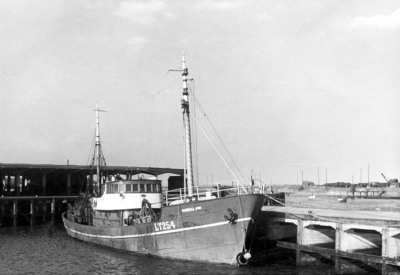
(Source: Fleetwood Motor Trawlers)

(© Peter Brady, Source Fleetwood Motor Trawlers)
The picture above shows the ship as it was originally built. The high fore deck, the shape of the prow, which enabled the boat to plunge "smoothly" into the peak of a wave, and the raised wheelhouse midship are all typical of oceangoing vessels. We also see the two working masts and parts of the fishing gear.
In 1957 the ship was sold to Dalby Steam Fishing Co Ltd. in Fleetwood and given the registration number FD133.
Working life as a deep-sea trawler
The medium-sized trawler sailed under the flag of Great Britain from the port of Fleetwood to fish the waters around Iceland. The VANESSA ANN became caught up in the "Cod Wars", a series of confrontations regarding fishery zones, and its prow was seriously damaged in a collision with the Icelandic gunboat THOR. Later, under new owners, it served as an offshore surveillance boat for oil platforms in the North Sea. After a gasket failure in the oil pump destroyed the main bearing and the connecting rod, the vessel was decommissioned and eventually sold.
The buyer, Alan W. Smallwood from London, intended to convert the ship into a floating workshop and take it to the islands of the South Pacific. As the sale contract included the fitting of a new Hundested 2-cylinder motor, three friends, among them Lorna and Pete Jones, spent a strenuous six weeks removing the original Polar engine.
The ship was then towed to Esberg in Denmark, where the new engine was installed.
After this, the VANESSA ANN was moored in the Royal Victoria Dock for the alterations to be completed. Among other things, its hull was painted white. Unfortunately, Alan was struck with illness before his plans could be realised and, in 1984, was forced to sell the ship.
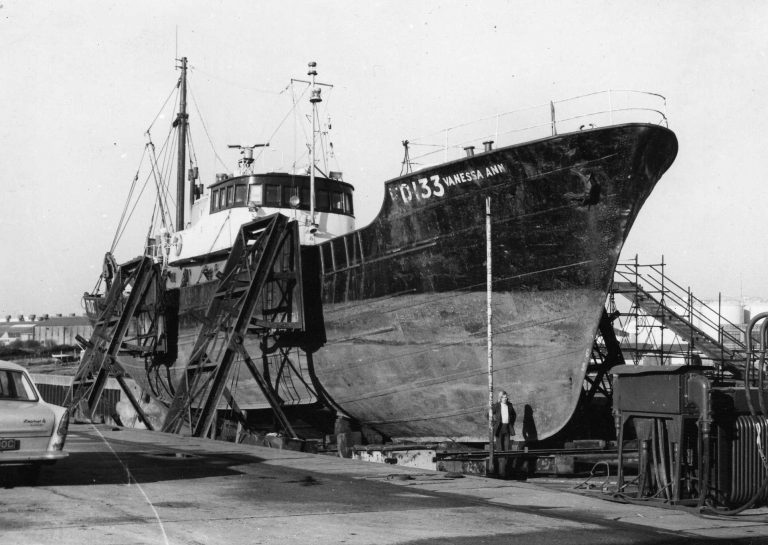
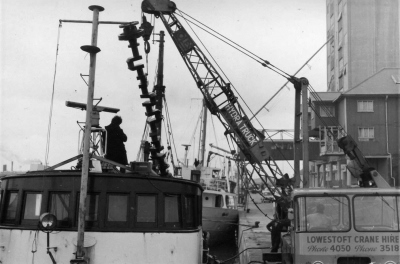
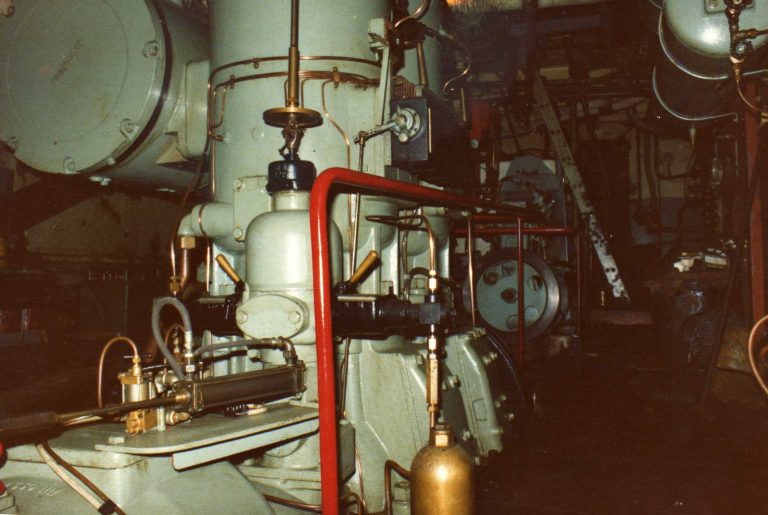
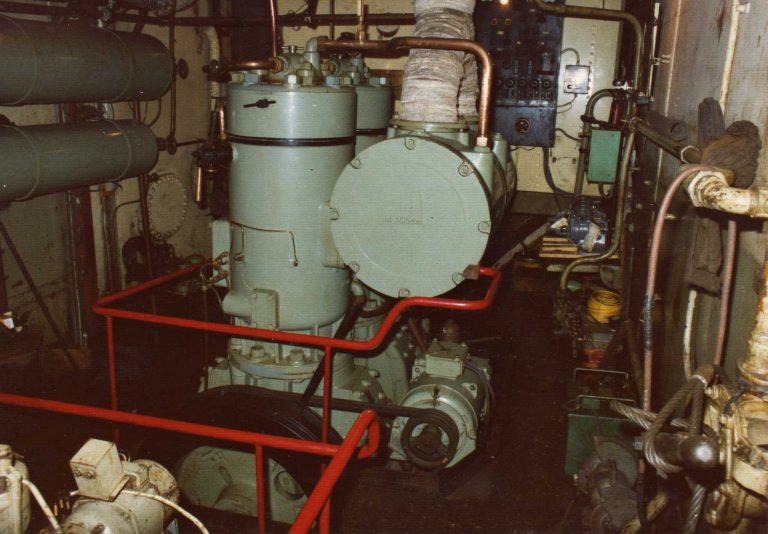
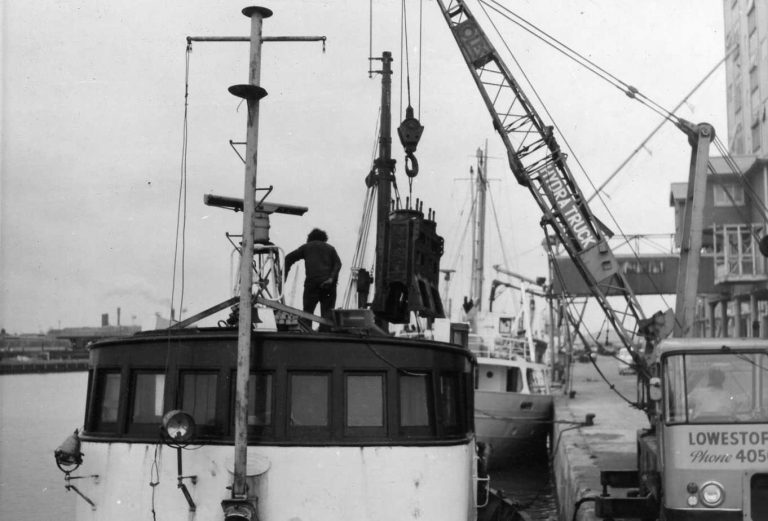
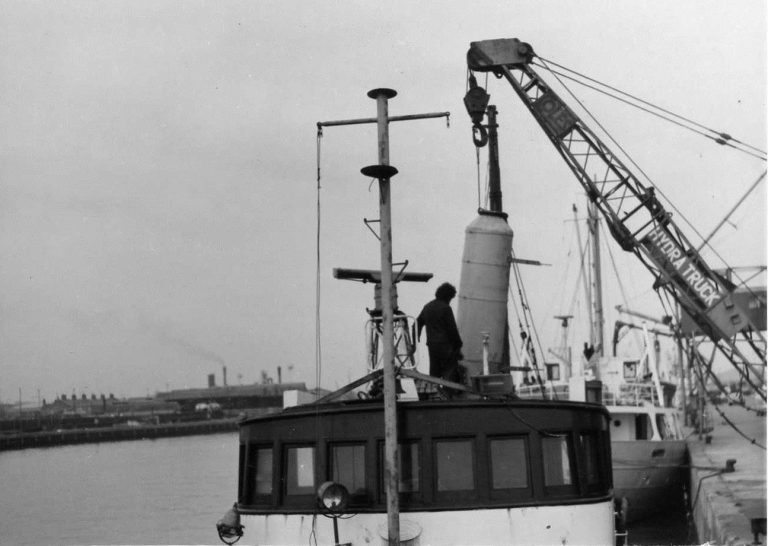
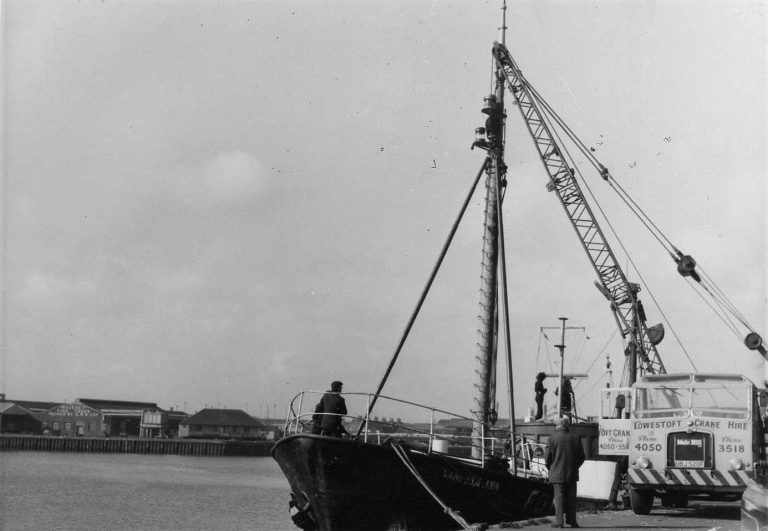
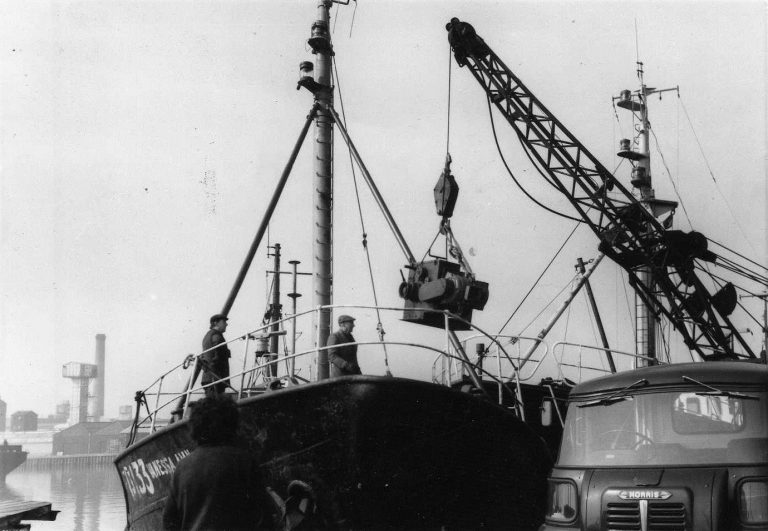
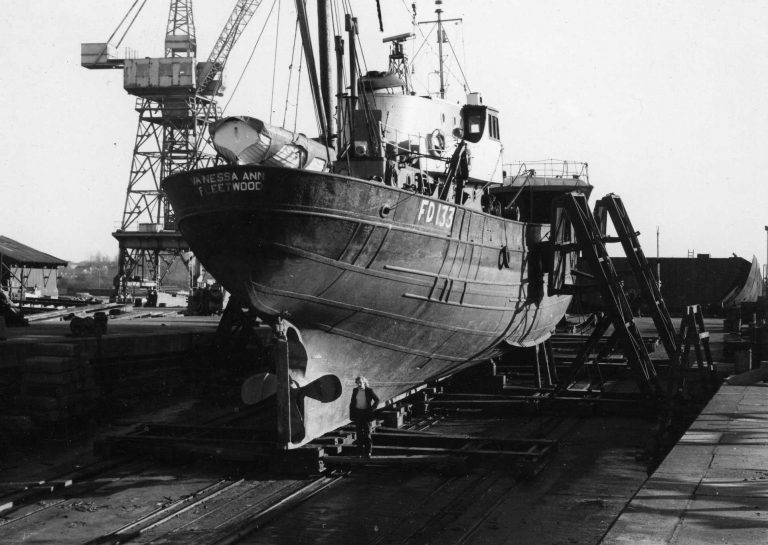
Conversion into a sailing ship
The vessel was bought by the navy engineer Reg March and the rigger Jack Scott. Between 1984 and 1985 it underwent a complex process of conversion in Padstow, Cornwall, during which the high fore deck and the bridge structure were removed. The deckhouse underneath was left as a deck saloon and chart room, and a sun deck extending to the sides of the ship was built over the top. Teak was laid on both decks.
As the schooner was only intended to transport day trippers, the crew's quarters were left as they were: four berths in the forecastle (today the bosun's locker), two individual compartments in the stern and, behind them, seven berths in uncomfortable proximity to the propeller. What had been the cold storage room was turned into a large air-conditioned disco and bar.
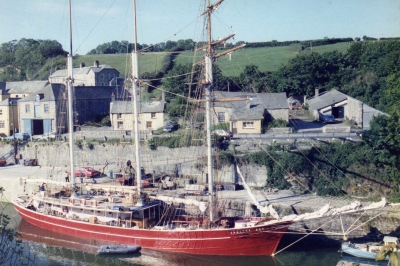
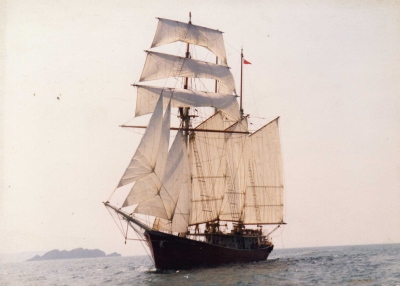
The rig of the schooner was constructed on the foundations of the fishing gear. The two working masts were replaced by steel lower masts, with a third lower mast fitted on deck in front of the deckhouse. Topmasts, spreaders, booms and gaffs, all made of wood, completed the basic rig of the three-masted topsail schooner.
The addition of a jib boom increased the total length of the ship to 44.2 m. The extension of the stem to accommodate the jib boom increased the length of the hull to 34.1 m. The main mast measured 27.7 m above water, and the surface area of the 12 sails amounted to 538 m². The VANESSA ANN was designed to take up to 200 day-trippers.
Full sail ahead
Her first test voyages in 1985 proved the VANESSA ANN to be a good sailer. In the June of that year she set sail for Antigua in the West Indies. The plan was that, starting in July, the boat would take tourists out for day trips in the region. However, the idea met with significant resistance from local tourism companies, a problem which eventually led to the ship being sold once again.
In 1986 the VANESSA ANN was stationed by its new owners Charles W. Clowes and David Cox in Barbados (West Indies). Although she was the best ship in the entire region, she was simply unable, without the help of her owners, who were based in England, to establish herself among fierce local competition.
And so, in 1990, she was ordered home. She was readied for the journey in St. Thomas in the US Virgin Islands, and, after an extremely long voyage, reached Plymouth on 3rd July 1990. Her once glorious sails were no longer seaworthy, her Hundested motor had become dangerously temperamental and her interior was shabby and worn out.
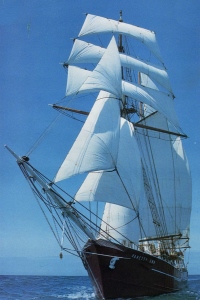
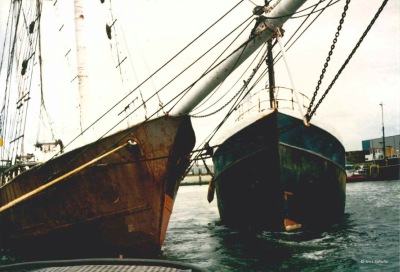
Acquisition by Joey Kelly
1993 erwarb Joseph Maria Kelly das vernachlässigte Schiff. Es wurde 1994 mit erheblichem Aufwand renoviert und teilweise den Bedürfnissen der Großfamilie entsprechend umgestaltet. Die Unterkünfte erhielten einen Teakholzausbau, die Kojenanzahl wurde erhöht und die Decks mit neuem Holzbelag versehen. Als privates Segelschiff sollte es dem Segelsport, der Erholung und Werbezwecken dienen.
It was moored in Dublin and Cork, to reflect the group's origins in Irish folk music, but registered in Lowestoft and sailed under the flag of Great Britain. After the death of Barbara Anna Kelly, the mother of the family, the ship was rechristened SANTA BARBARA ANNA in her memory. It mainly sailed the Irish Sea, additionally crossing to France, the Netherlands and the Baltic Sea.
As a historical sailing ship in Rostock
The ship first put into harbour at Rostock in 1995, allowing the Kelly Family to build links with its fans there and with various youth groups. Due to numerous other commitments, the Kelly Family was finding itself unable to use the SANTA BARBARA ANNA very often, and so the idea arose to make it available to young sailing enthusiasts in the Baltic seaport town. Contrary to what was reported in the press in mid-2000, however, the authorities in Rostock turned the offer down, and up until 2013 the SANTA BARBARA ANNA was run and maintained by the non-profit association »Odin 1 e.V.«
During annual maintenance work at the beginning of 2005, the core crew single-handedly constructed and fitted a wooden keel to improve the SANTA BARBARA ANNA's handling. Approximately 4000 kg of oak went into its construction.
Since 2013, the ship has been on the "Overseas Watch List" of the British organisation »National Historic Ships UK«, which keeps a register of historic British ships and makes valuable information about them available to the public.
On 1st January 2014, operation of the SANTA BARBARA ANNA was taken over by the Rostock-based non-profit association "Bramschot e.V.". The association was founded by members of the crew with the aim of keeping traditional seamanship aboard tall ships alive. By sharing them with young people, it is hoped that these unique maritime traditions can be passed on to the next generation.
Special thanks go to Lorna and Pete Jones for sharing their memories and photographs so freely and patiently. We also thank Fleetwood Motor Trawlers for permission to use pictures and for providing so much information about the history of our ship, and for their great work in preserving maritime heritage.
